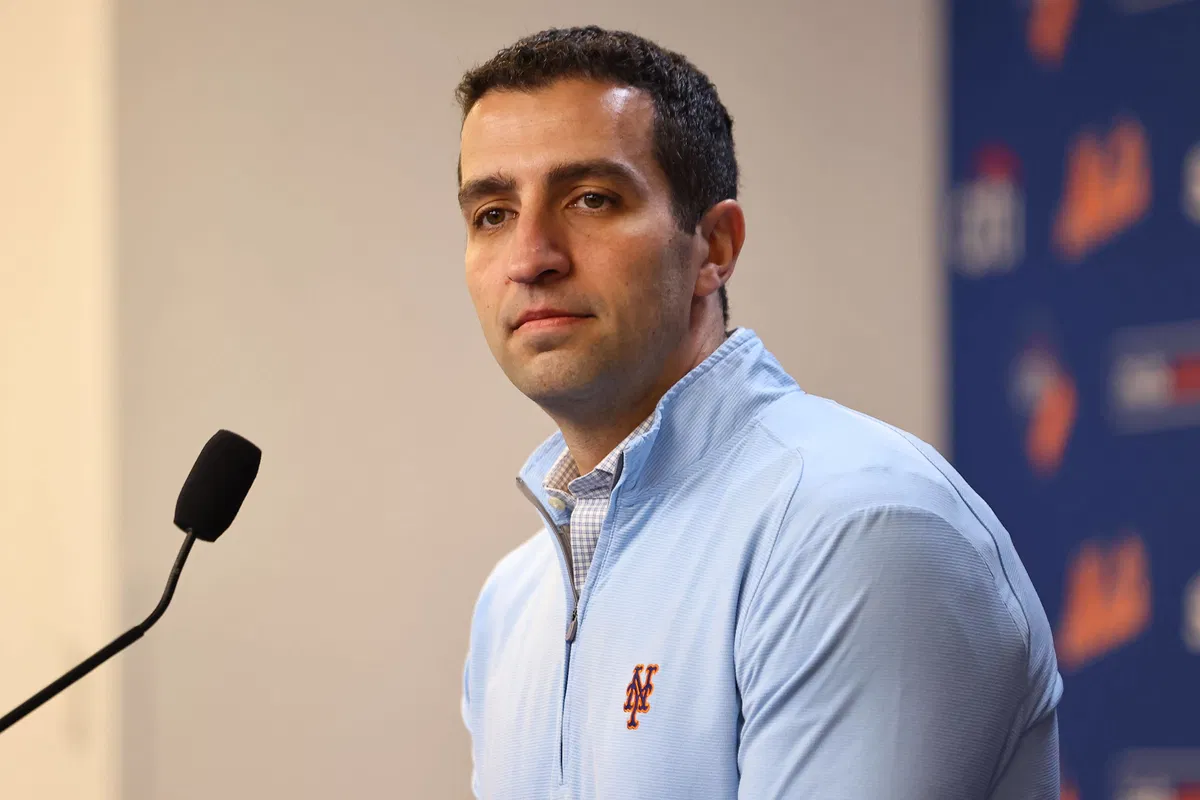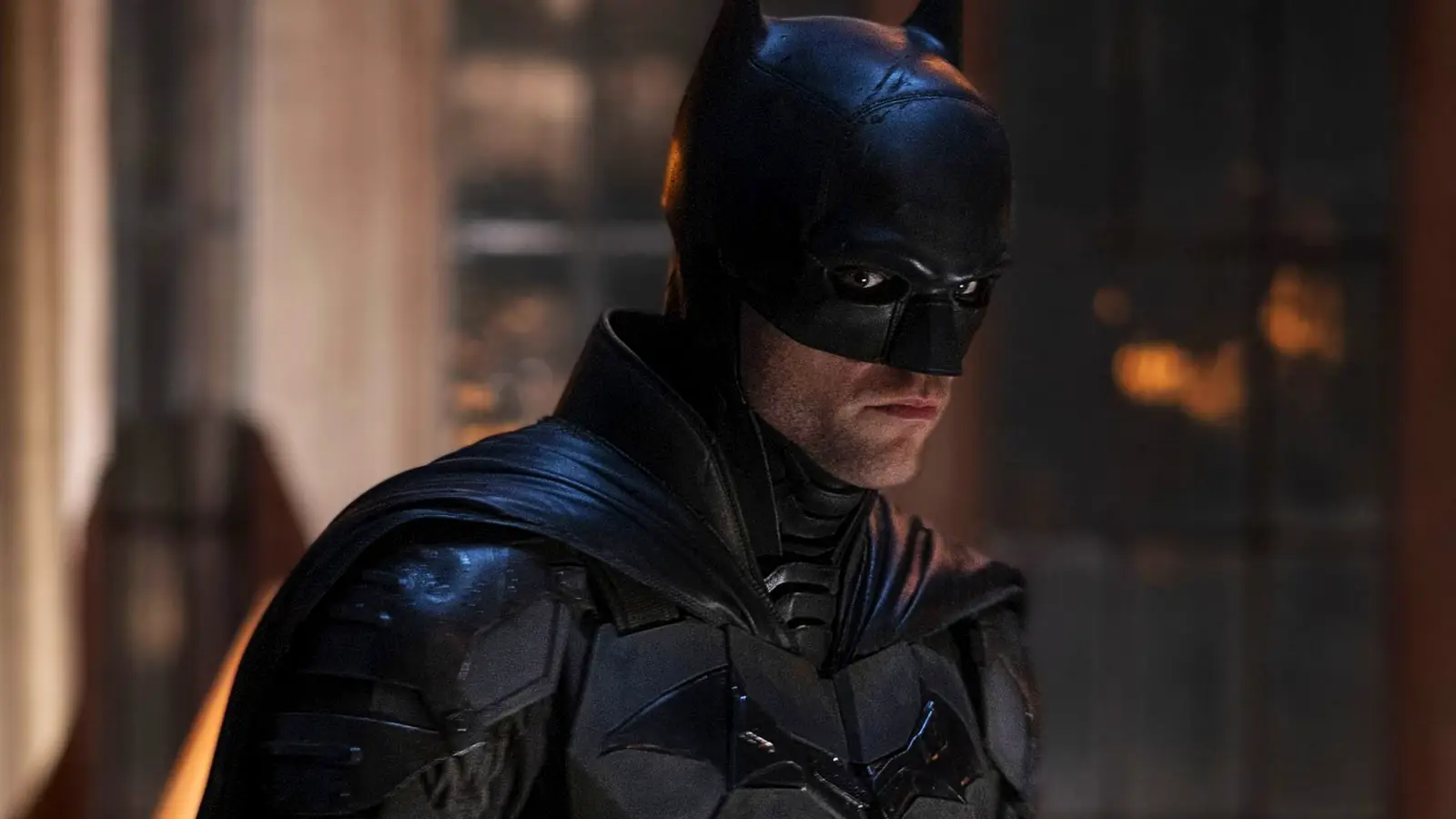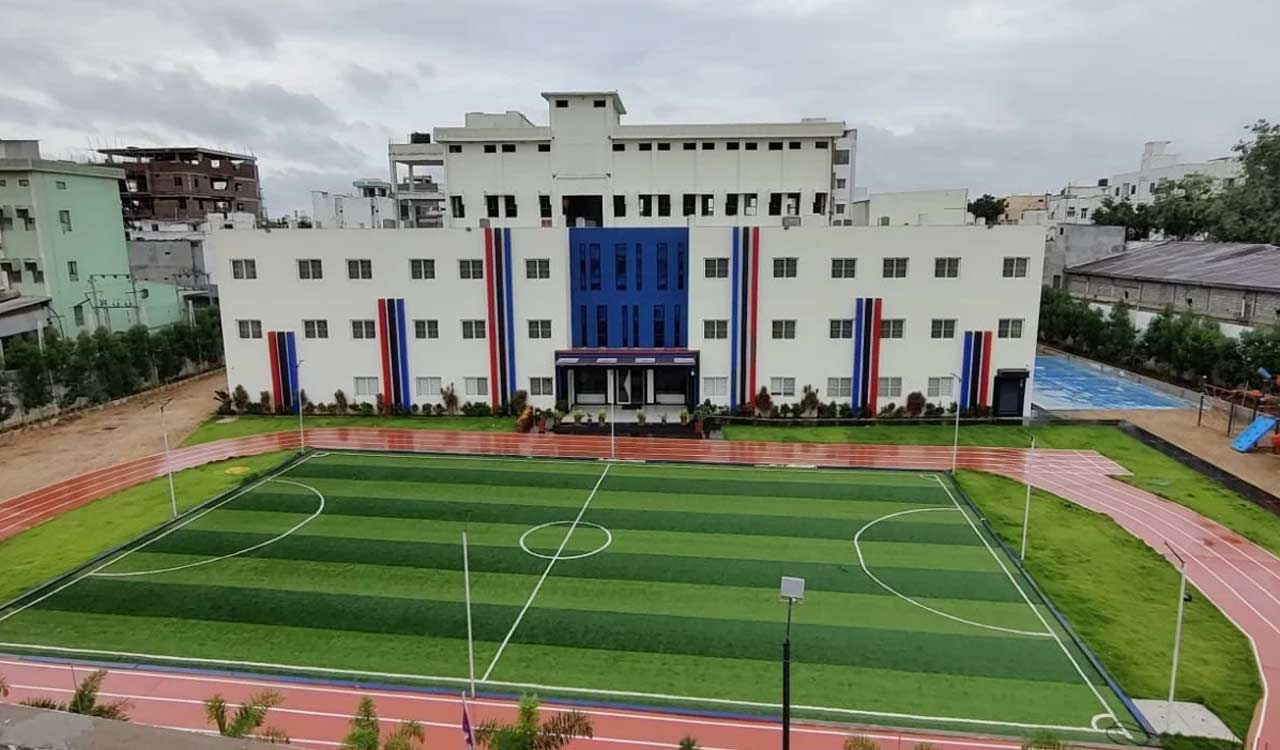
If you’ve been watching the Mets this season, you know the drill: flashes of brilliance followed by gut-punch collapses that make you question whether this team is playing baseball or auditioning for a soap opera. With Juan Soto and Francisco Lindor carrying talent but not always results, the front office faces some tough questions. Sometimes, sheer star power isn’t enough when October rolls around, and the Mets have shown exactly why. But there are some moves they can make.
Fix the bullpen
The 2025 New York Mets bullpen has been a persistent nightmare, with a 3.95 ERA ranking 15th in MLB. Since June 12, their ERA has ballooned to 5.06, reflecting 28 blown saves and a 58.2% success rate. Ryan Helsley, acquired at the trade deadline, posted a disastrous 10.29 ERA across 17 appearances. Brooks Raley and Tyler Rogers, the so-called bridge to Edwin Diaz, frequently failed in high-leverage situations. Even Diaz himself escaped jams rather than dominating, leaving fans heartsick and tense with every ninth-inning outing.
ADVERTISEMENT
Article continues below this ad
These late-season collapses have directly endangered the Mets’ postseason hopes, tying them precariously with Cincinnati for the wild card. Rookie pitchers like Nolan McLean, Jonah Tong, and Brandon Sproat showed flashes, but inconsistency left them vulnerable. With the bullpen unreliable, every starter’s performance becomes irrelevant if the ninth inning dissolves into chaos. A single blown lead might undo a month of hard work, leaving Citi Field echoing with fan frustration and despair. The Mets’ playoff dreams hinge on immediate relief improvements, as even elite hitting cannot compensate for late-inning failures.
If a deep postseason run remains elusive, the Mets must overhaul their bullpen, rotation depth, and leadership culture. Adding proven veterans, reassigning struggling starters like Manaea, and shoring up mid-inning reliability could stabilize high-leverage innings. Strengthening analytics and roster flexibility would allow smarter matchups, defensive shifts, and versatile options in October scenarios. These changes would transform current pain into long-term promise, preparing the Mets to compete sustainably next season. Fans, battered by decades of collapses, would finally feel optimism renewed, believing the team could truly escape past misfortunes.
ADVERTISEMENT
Article continues below this ad
The Mets can’t keep treating the bullpen like a revolving door and expect October magic. With Ryan Helsley, Reed Garrett, and Christian Scott representing both hope and heartbreak, it’s clear that star power alone won’t fix structural flaws. If management doesn’t act decisively, the Mets risk turning every playoff push into a masterclass in “almost.” Fixing this unit isn’t optional—it’s the only way to keep fans from drafting resignation letters instead of cheers.
Read Top Stories First From EssentiallySports
Click here and check box next to EssentiallySports
Add a middle-of-the-order Bat
The Mets’ offense has been inconsistent, producing a .250 batting average, .327 OBP, and .429 SLG. Through prolonged losing streaks, the lineup faltered, scoring only 20 runs during an eight-game skid, leaving fans despondent. Even stars like Pete Alonso and Francisco Lindor could not consistently click, amplifying frustration in every close game. The team tallied 1,330 hits and 220 home runs over 5,324 at-bats, yet critical gaps remained in clutch situations. These offensive hiccups have undermined leads, leaving the Mets reliant on a shaky bullpen to salvage victories.
ADVERTISEMENT
Article continues below this ad
Addressing the lineup requires depth beyond the core stars, adding reliable middle-of-order hitters and bench versatility immediately. Increasing walks, reducing strikeouts, and improving situational hitting could elevate the team’s .756 OPS into consistent postseason productivity. Developing young talent from the farm system would also provide fresh energy, balancing experience with emerging skill for the long term. A stronger offense could protect pitchers, limit high-leverage stress, and allow starters to focus without fearing late-inning collapse. Fans, witnessing repeated near-misses, would feel renewed optimism as runs start flowing, reducing anxiety with each clutch at-bat.
If the Mets resolve offensive issues before 2026, their championship aspirations could finally align with roster potential and payroll expectations. Paired with improved bullpen performance and rotation depth, a stabilized lineup would keep the team competitive deep into October. Consistent run production would allow managers to strategically leverage pitching and defense, maximizing every advantage in high-pressure games. Long-term, this offensive foundation would make the Mets a formidable contender, preventing the late-season collapses that haunted prior campaigns. For fans, every swing and RBI would matter profoundly, restoring faith in a team built to challenge for championships consistently.
ADVERTISEMENT
Article continues below this ad
ADVERTISEMENT
Article continues below this ad
Reset leadership and culture in the Mets clubhouse
Talent alone has never carried the Mets, as repeated collapses since 2007 show a chronic leadership flaw. Despite stars like Pete Alonso, Juan Soto, and Francisco Lindor, strategic mismanagement has left postseason dreams unfulfilled. Payrolls ballooned to the second-highest in baseball, yet the team has often underperformed due to bullpen mismanagement and inconsistent rotation usage. Even elite rookies like Nolan McLean and Brandon Sproat cannot compensate for poor decision-making in critical moments. Fans feel the sting deeply, watching their talented roster repeatedly stumble under pressure, haunted by historical collapses.
If the Mets fail to make a deep playoff run in 2025, scrutiny on David Stearns and manager Carlos Mendoza will intensify. Midseason acquisitions such as Ryan Helsley and Kodai Senga have underwhelmed, exposing holes in scouting, player usage, and bullpen strategy. In-game management decisions have also strained high-leverage situations, leaving leads vulnerable and fans emotionally exhausted. Without change, 2026 risks repeating the same disappointment, further eroding fan faith despite a talented core. Leadership failures magnify even small mistakes, turning promising seasons into near-misses that feel catastrophic for a passionate fanbase.
ADVERTISEMENT
Article continues below this ad
To rebuild trust and enhance competitiveness, the Mets could revamp their coaching staff and front-office strategy before 2026. Adding experienced, high-IQ managers and veteran clubhouse leaders would instill accountability, mental toughness, and sharper in-game adjustments. Greater analytical integration, smarter bullpen deployment, and proactive injury management could protect leads and maximize talent. Fans, weary of witnessing underachievement despite star power, would finally feel optimism as organizational changes translate into tangible success. A combination of improved leadership, strategy, and culture could ensure the Mets capitalize on talent and contend consistently.
ADVERTISEMENT
Article continues below this ad
Build rotation depth and manage injuries
Even the Mets’ top-tier starters struggled in 2025, with injuries and inconsistency dismantling early-season dominance and fan confidence. Clay Holmes, David Peterson, and Sean Manaea all exceeded career-high innings, leaving them fatigued and ineffective in crucial moments. Kodai Senga, dominant early, was demoted to Triple-A after posting a 0-3 record and over 6.00 ERA in August, while rookies Nolan McLean, Jonah Tong, and Brandon Sproat were pressed into high-pressure roles. McLean’s 1.19 ERA in six starts offered hope, but blown leads, post-All-Star ERA spikes for Peterson (5.23) and Holmes (4.72), and relentless bullpen failures magnified every misstep. Fans endured heart-stopping moments, witnessing promising starts collapse and playoff positioning deteriorate despite a star-studded roster, highlighting that talent alone cannot carry a team.
If the Mets fail to make a deep postseason run, substantial organizational adjustments are critical to prepare for 2026 contention and restore fan faith. Adding durable starters, balancing workloads, and supplementing rookies with experienced pitchers could stabilize the rotation long-term, while smarter bullpen deployment and proactive health management would reduce high-leverage collapses. Strategic scouting, midseason acquisitions, and fostering veteran leadership could shore up weaknesses, protecting leads and optimizing every opportunity in October. For a team with elite talent, these structural and managerial changes are essential to transform potential into sustainable success. Fans, long traumatized by collapses, would finally feel optimism return, seeing a roster capable of translating ability into wins.
Sharpen analytics and roster flexibility
In 2025, the Mets’ struggles highlighted that even small advantages, like analytics-driven decisions, can decide postseason fates. Mismanaged bullpen usage, defensive positioning, and predictable in-game lineups repeatedly cost critical wins, exposing flaws in roster flexibility. With multiposition players limited and setup roles uncertain, manager Carlos Mendoza lacked options to navigate high-pressure situations effectively. Fans, already anxious from blown leads and late-inning collapses, felt each managerial misstep magnified by missed analytical opportunities. Baseball at this level is decided by inches and timing, and the Mets cannot afford to underestimate these marginal edges again.
To improve for 2026, the Mets must integrate sharper analytics and prioritize versatile roster construction across every position group. Expanding multiposition talent, paired with data-driven deployment of relievers and defensive shifts, could prevent predictable patterns that opponents exploit. Proactive in-game decisions, informed by situational metrics, would allow the team to maximize run-scoring opportunities while protecting leads efficiently. Strategic trades and minor-league promotions could enhance depth, giving Mendoza more tools for rotation, bullpen, and pinch-hitting flexibility. Fans, craving control over chaos, would finally see analytics translate into wins, creating hope for a postseason run worthy of their talent.
If the Mets can finally stop turning October into a horror show, 2026 could feel less like déjà vu and more like destiny. David Stearns and Carlos Mendoza have all the tools—they just need to stop treating elite talent like a group project gone wrong. Fans know the team’s capable of brilliance; it’s time the Mets prove it, or at least stop auditioning for another soap opera.



